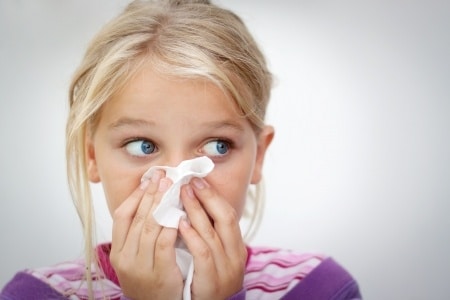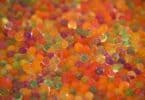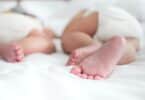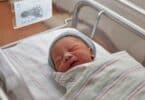Protecting babies from dust and household germs may be the first thing that parents consider taking care off but a new research suggests that some exposure to them may be more helpful than harmful. The research, led by scientists at the Johns Hopkins Children’s Center suggests that if infants are exposed to bacteria, dust and other allergens in their first year of life, they are less likely to experience allergies, wheezing and asthma.
The findings were published in the journal Allergy and Clinical Immunology.
Previous studies have shown that children who grow on farms have lower allergy and asthma rates, due to being regularly exposed to microorganisms in soil. Also, children growing up in inner-city dwellings who are exposed to mouse and roach allergens are more prone to allergies.
According to Centre for Disease Control and Prevention (CDC), 7 million children in the US are affected by Asthma. In 2009 the condition caused 3388 deaths. Annually it costs US $56 billion on medicals.
To understand why inner city dwellers were more at risk of allergies and asthmas, the researchers conducted their study among 467 inner-city newborns in Baltimore, MD, Boston, MA, New York, NY, and St. Louis, MO. These infants were studied for a period of 3 years and their homes were visited to check the level of allergens.
More exposure to allergens provided a positive effect, found the researchers with reduced risk of allergies.
Compared with children not exposed, infants who lived in homes with mouse and cat dander and cockroach droppings during their first year had lower wheezing rates at age 3
Also, infants who were exposed to all three allergens, bacteria, dander and dust were much more protected and had lower risk than those exposed to two or just one.
In general children who grew up without any exposure were three times more likely to get wheezing than those who were exposed to all kinds of dust and allergen.
The team also observed that infants who lived in homes with a greater variety of bacteria were not as likely to develop environmental allergies and wheezing by age 3.
Study author Dr. Robert Wood, chief of the Division of Allergy and Immunology at the Johns Hopkins Children’s Center, says,
“Our study shows that the timing of initial exposure may be critical. What this tells us is that not only are many of our immune responses shaped in the first year of life, but also that certain bacteria and allergens play an important role in stimulating and training the immune system to behave a certain way.”
The other important point of the research was the effects of cumulative exposure to both bacteria and mouse, cockroach and cat allergens.
They found that the children who did not have any wheezing or allergies by age 3 were the ones who were most exposed to all kinds of household allergens during the first year of their life.
Of the children who had grew up all their lives in this environment 41 percent were free of allergies and asthma and only 8 percent showed both allergies and wheezing.
The researcher would like to find if the protective nature of exposure to allergens goes beyond the first year of life.







